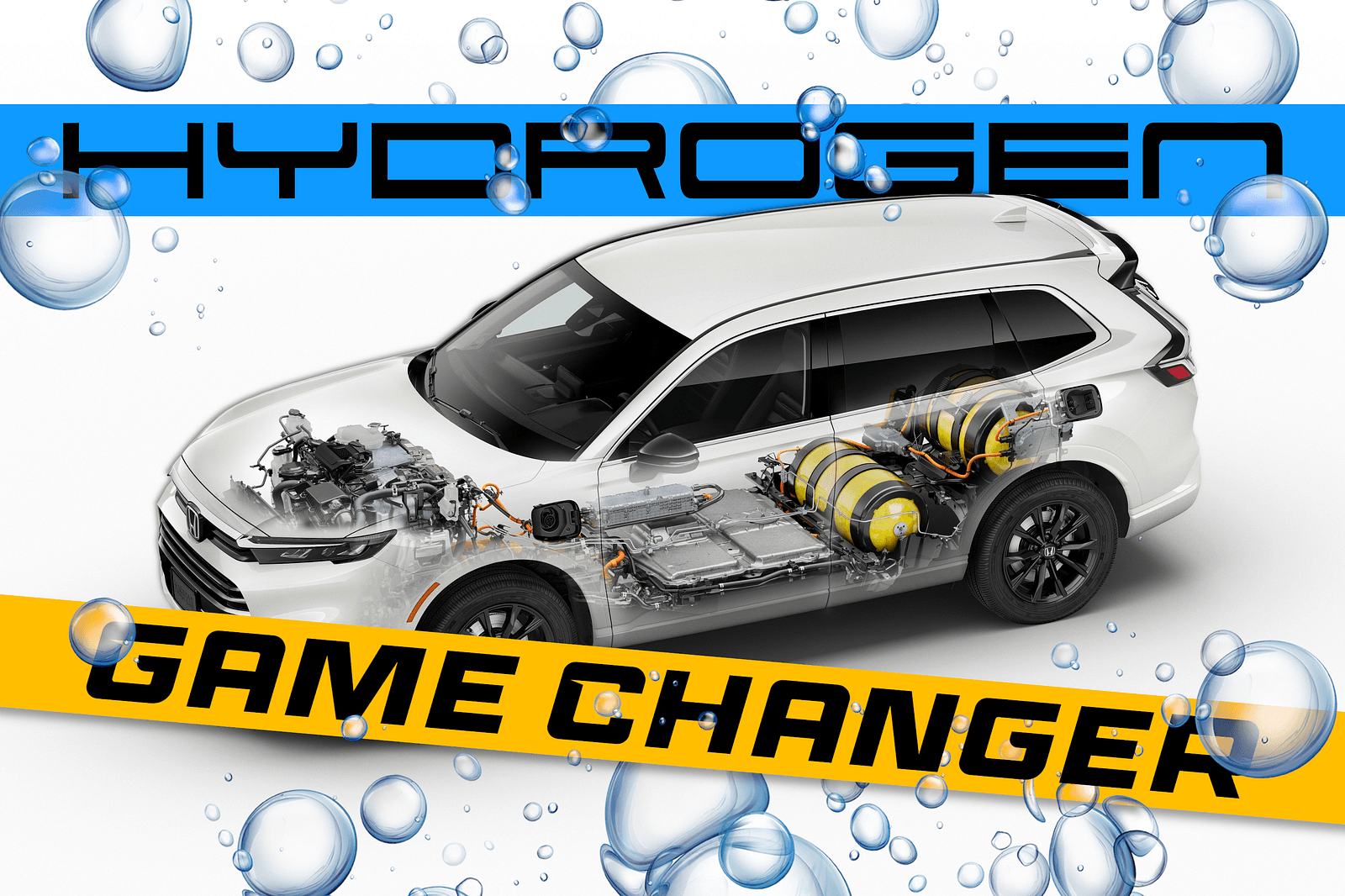
Honda and General Motors co-developed the next-generation Honda Fuel Cell Module. By splitting the development cost with GM, Honda has cut the cost of producing the module by two-thirds compared to the now-defunct Honda Clarity. This cost-saving was made possible by adopting innovative materials, advancement in cell sealing structure, simplifying the supporting equipment, and improving productivity.
This new model is also built in Ohio, while previous Clarity models were made at a dedicated fuel cell vehicle assembly line in Japan. Ohio is much closer to California than Japan, so transport costs are minimized.
Honda will only reveal the lease price of the CR-V closer to its launch, but it will be interesting to see how close it can get to the average leasing cost of a new car in the USA, which is roughly $500.
Traditionally, the cost of hydrogen fuel cell vehicles has been prohibitively expensive. The 2021 Clarity sold for nearly $60,000, while the current Hyundai Nexo can cost up to $64,000. Toyota’s Mirai is the most affordable option, starting at roughly $50,000. As you can see in the table below, the Honda is at least on par in terms of power, but it lacks range compared to its main rivals.
It might be an easy sell if Honda can bring it in at a reasonable cost to the owner.

